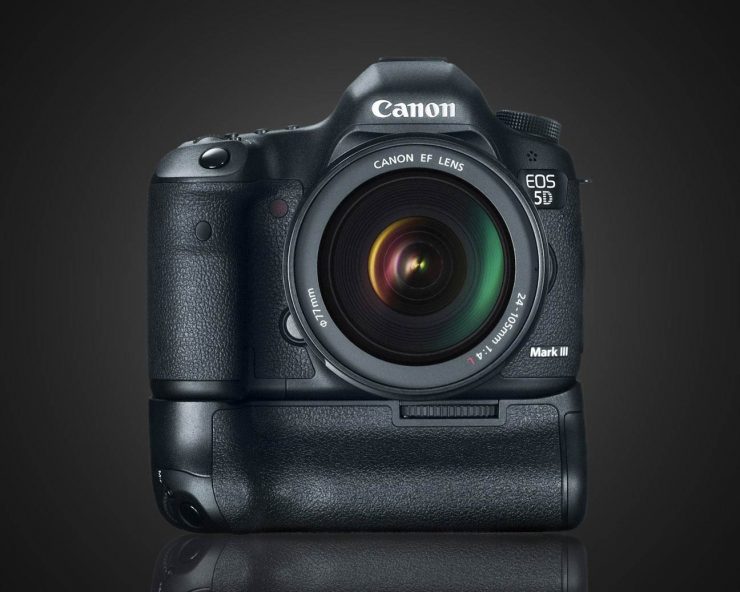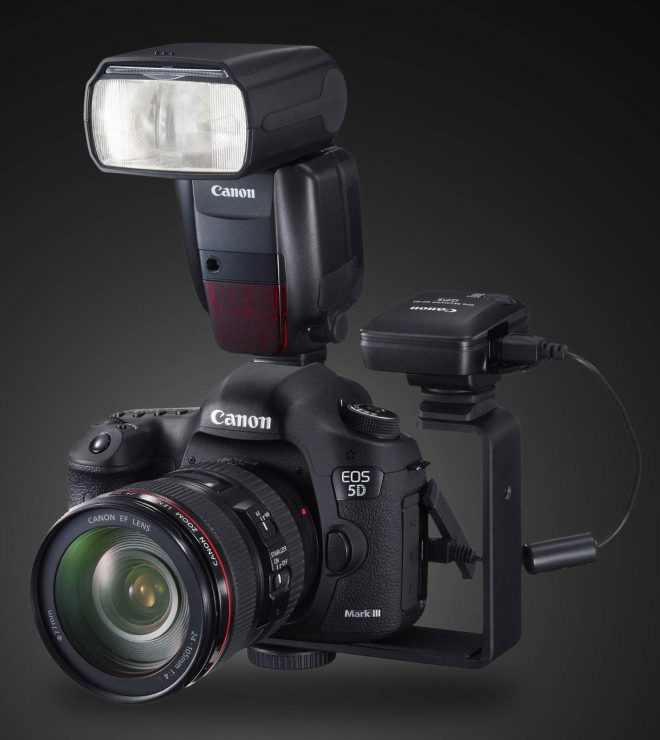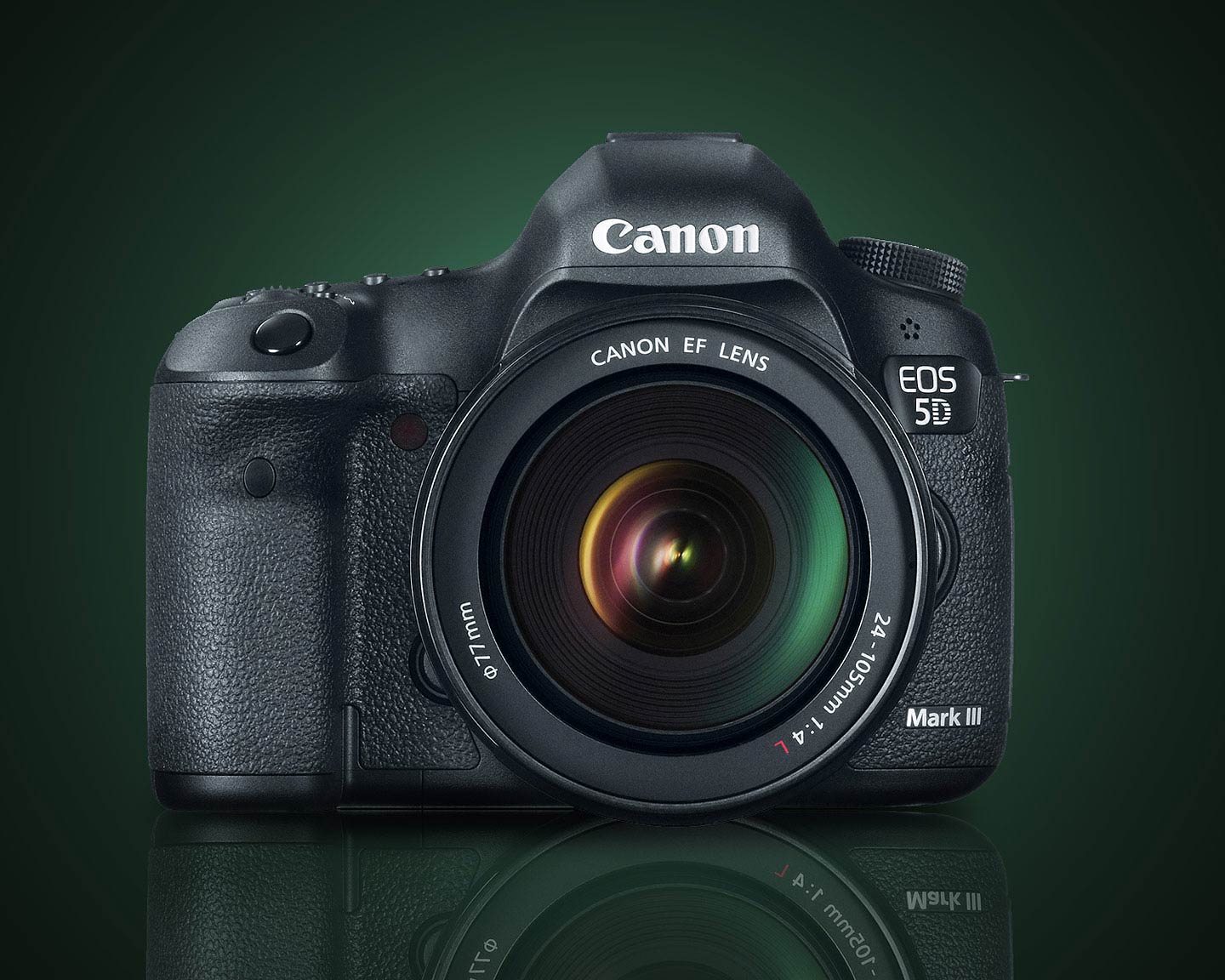Following years of anticipation, the Canon EOS 5D Mark III was officially unveiled today, coinciding with the 25th Anniversary of the launch of the EOS Camera System. Surprisingly, Canon has positioned the Mark III as an additional member of the line rather than as a replacement for the Mark II.
When the 5D Mark II was announced nearly four years ago, it seemed to be an almost perfect camera: high resolution, great image quality, excellent low-light capabilities, the best DSLR-video to date, and it was relatively inexpensive compared to the 1Ds Mark III which housed the same sensor. It did have a few of drawbacks, though… mostly speed related. It only shot about 3 frames per second, it’s maximum flash sync speed was oddly 1/200th sec rather than 1/250th, and its autofocus system was essentially the same as that found in the entry-level Rebel line, with only one cross-type sensor and 9 overall. Additionally, some users reported problems with the weather sealing (notably, in Antarctica).

The 5D Mark III has not only addressed the problems, but built on the strengths of its predecessor. The Mark III carries the same top-notch auto-focus system as the 1D X, with 61 AF point, 41 of them cross-type. With the new Digic 5+ processor, the 5D Mark III has doubled the frame-rate of the Mark II, now shooting up to 6 fps, even in RAW format. Canon also improved the weather sealing and gaskets, placing it just below (but not on par with) the 1D X in terms of reliability in adverse conditions.
Oddly enough, while Canon does claim improved reliability in the shutter module and a life-span of 150,000 shots, Canon did not see fit to improve the sync speed: the Mark III still syncs at a maximum of 1/200th sec. before high-speed sync (with its dramatic power loss) is required.
Improving on the Mark II, the Mark III utilizes a new 22.3 Megapixel sensor with improved resolution and low-light performance, with a native top ISO range of 25600, expandable to 102,400 (H2). The camera’s dual card slots hold an SD and a Compact Flash, as has become popular, and video functionality has been improved to match the Canon 1D X, with a choice of h264 recording formats and automatic splitting of files at 4G to sidestep video length limits.
Along with the 5D Mark III, Canon announced a new flagship Speedlite, the 600EX-RT, with incorporated radio-triggering to replace the problematic IR system currently in use. A hot-shoe mounted radio control-module, the ST-E3-RT, was also released, ablet o control up to 15 flash units in 5 groups. The range of operation is not up to PocketWizard standards, but at 100 feet (30 meters), it’s still a dramatic improvement over the pre-flash system currently in use, and it doesn’t require line-of-sight with the flashes.
The 5D Mark III is expected to be on store shelves by the end of the month (March 2012) at a cost of $3500. The Speedlite 600EX-RT and ST-E3-RT transmitter are also expected this month, at $630 and $470. New wireless file-transmitter, and GPS unit, and battery grips will be available later in the Spring.





